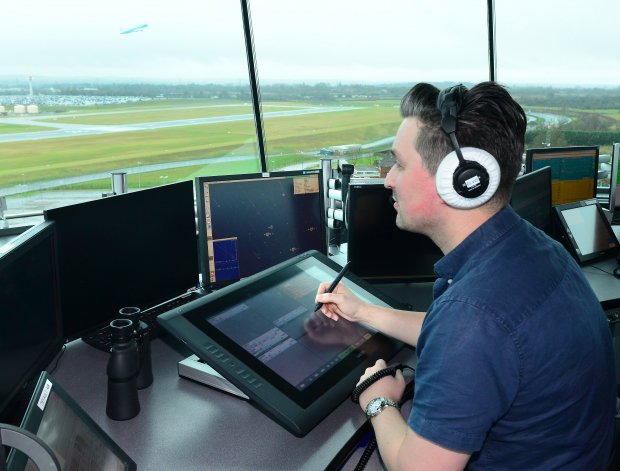Birmingham Airport Implements Electronic Flight Progress Strips

Birmingham Airport has implemented a new flight data display system within its Air Traffic Control Tower to further enhance how it handles the hundred thousand flights per year that operate in and out of the Airport.
Electronic Flight Progress Strips (EFPS) have replaced the old paper-based system that Air Traffic Controllers used to monitor and track the progress for each flight operating in and out of Birmingham Airport.
The main benefits of EFPS include safety nets to assist controllers in detecting potential conflicts between aircraft and vehicles, reduce verbal coordination required between controllers, and information sharing with other Birmingham Airport stakeholders, all of which help to enhance safety and increase capacity. The system also benefits from the implementation of a new Advanced Surface Movement Guidance Control System (ASMGCS) – using new Ground Surface Radar and Multilateration Data.
The new systems have been co-financed by the European Union - Innovation and Networks Executive Agency (INEA)
Nick James, Head of Air Navigation Services at Birmingham Airport, said: “Airport and European Investment in the latest Air Traffic Control systems and technologies demonstrate the ambition to develop the wider Air Traffic Management network to facilitate efficiencies and growing demand across Europe, and ensures that Birmingham Airport is well positioned to accommodate future demand.”
EFPS is part of a wider project investing in upgrades to the ATC infrastructure, including Advanced Surface Movement Guidance and Control System and Departure Manager. These systems will facilitate the introduction of Airport Collaborative Decision Making (A-CDM) processes.
More information about the ADB-Safegate/Avibit EFPS system can be found here.


